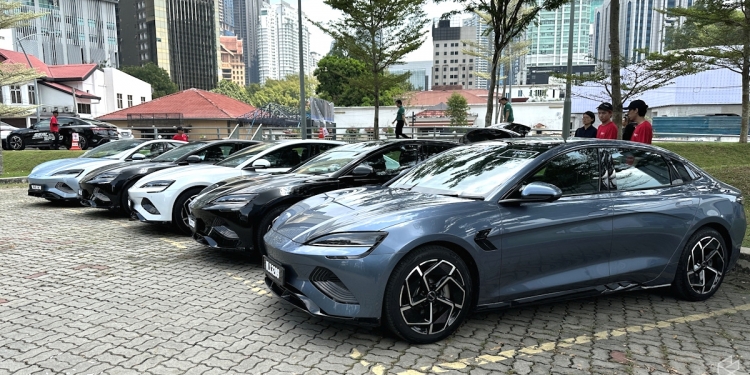The Malaysian Investment, Trade and Industry (MITI) ministry put forward the idea of a one-time subsidy for new EV purchases. This is to boost the growth of the vehicle type in the country. The proposal was presented to the Finance Ministry during the recent National EV Steering Committee (NEVSC) meeting said Deputy Minister Liew Chin Tong.
“It has been observed that this one-time subsidy can encourage people to switch from using internal combustion engine vehicles to EVs, and further help the country reduce petrol subsidies for the long term. The finance ministry is currently fine-tuning this suggestion,” he said during the question-and-answer session in the Dewan Rakyat today.
This came as a response to a supplementary question from Iskandar Dzulkarnain Abdul Khalid (PN-Kuala Kangsar), who asked whether there would be incentives to attract the M40 group to own EVs.
More Malaysians are buying EVs, but it is still a pricey endeavour
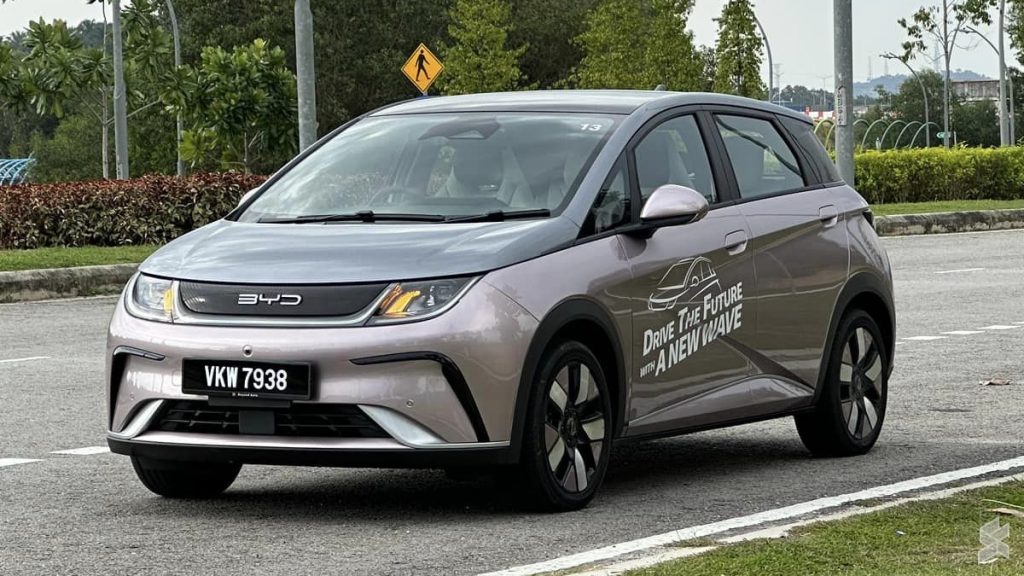
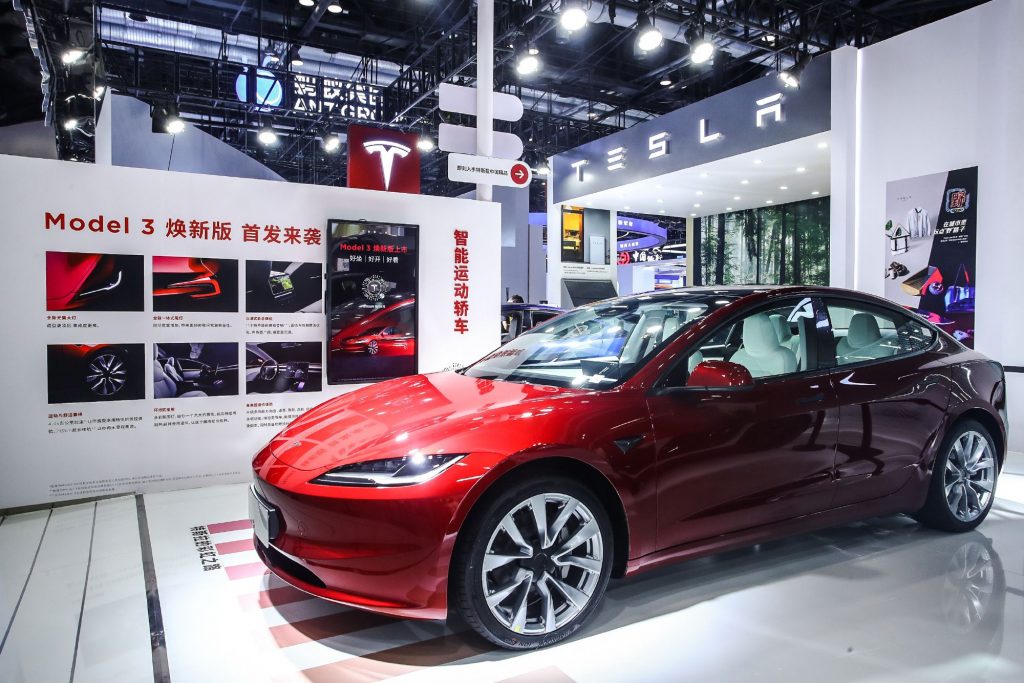
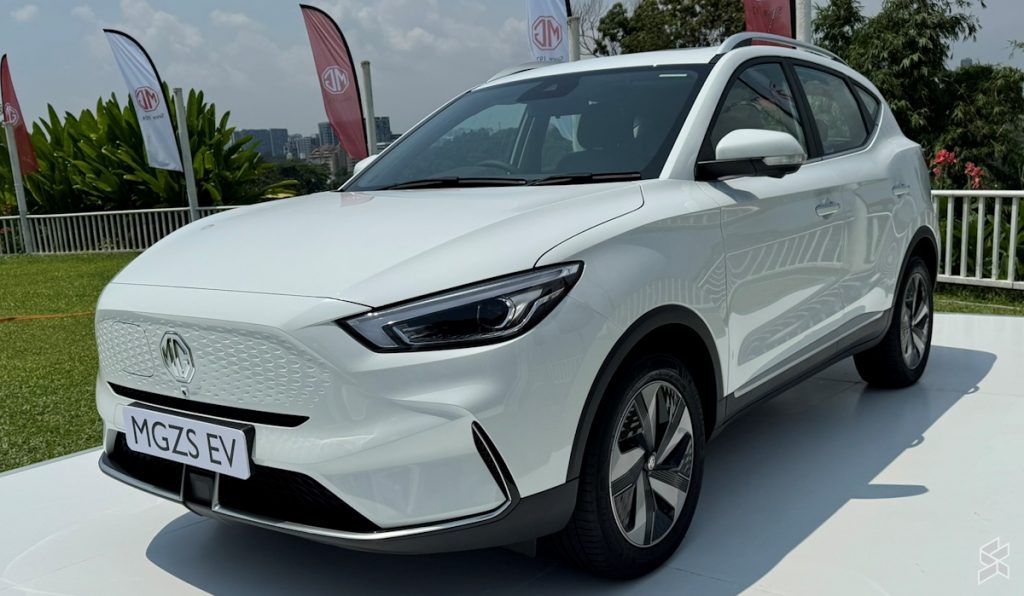
The annual sales of new Battery EVS (BEVs) in Malaysia increased 4-fold in 2023, registering 13,257 units sold when compared to 2022 numbers, which saw only 3,127 units sold to Malaysians. However, as context, the cheapest EV which is the BYD Dolphin Standard starts at around RM99,900. This still puts the cheapest EV on the higher end of car prices for the M40 group. As a comparison, Proton’s newest S70 sedan starts from RM73,800.
For reference, you can check out the latest EV Price guide for 2023 created by the team here.
As of 31 December 2023, a total of 2,020 charging stations have been installed in 750 separate locations across the nation. For the breakdown of the charging stations, 1,591 stations are AC (alternating current) chargers, while the remaining 429 stations are DC (direct current) chargers.
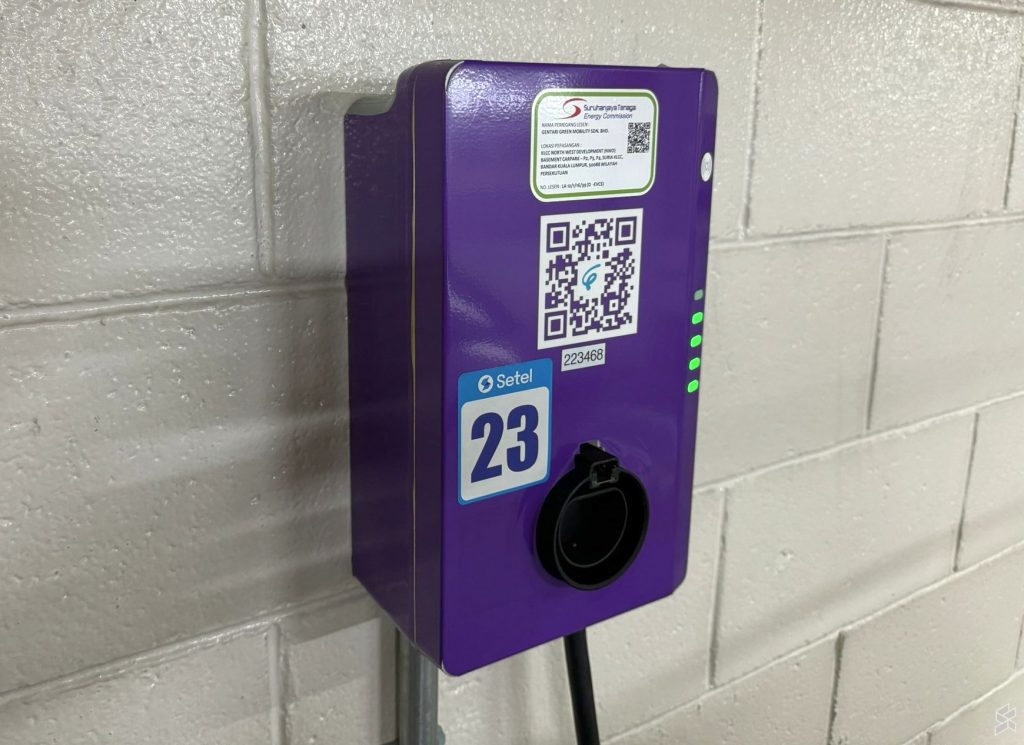
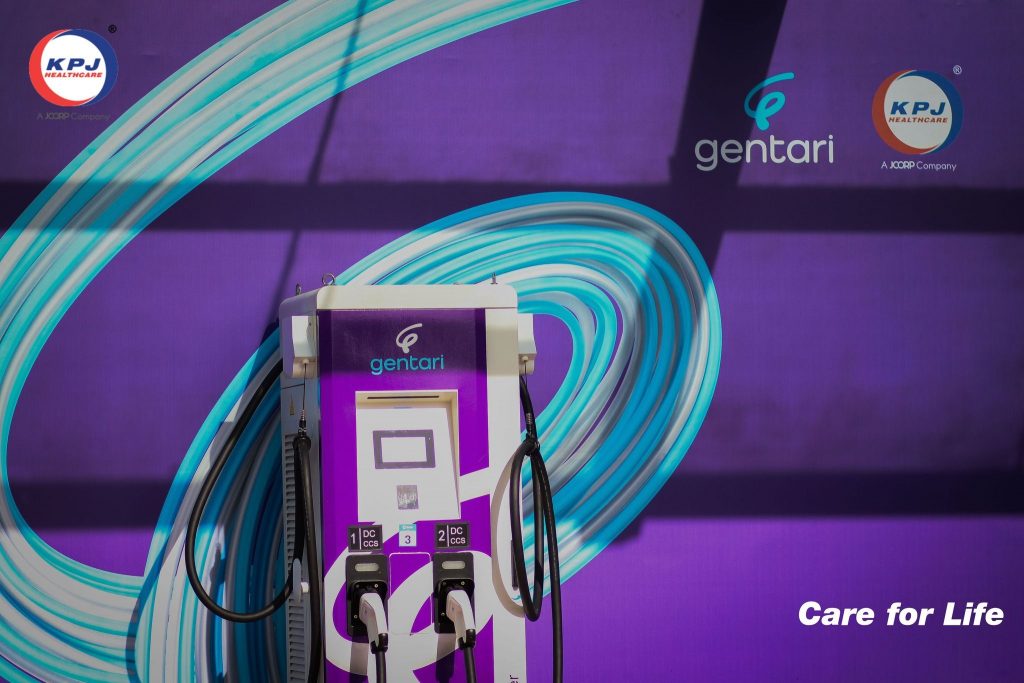
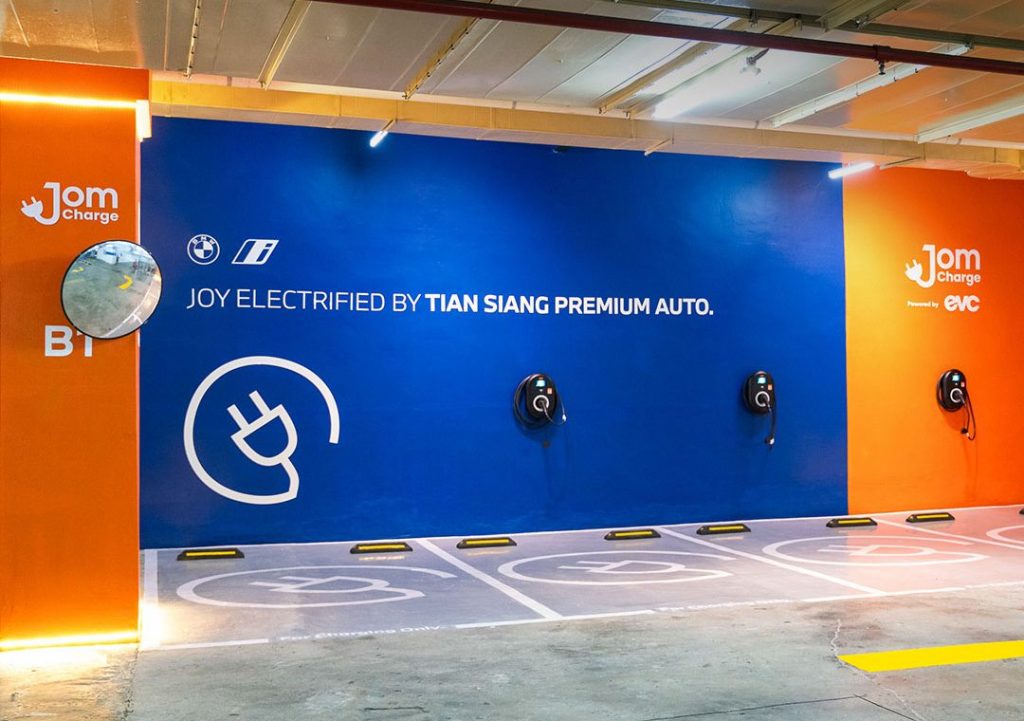
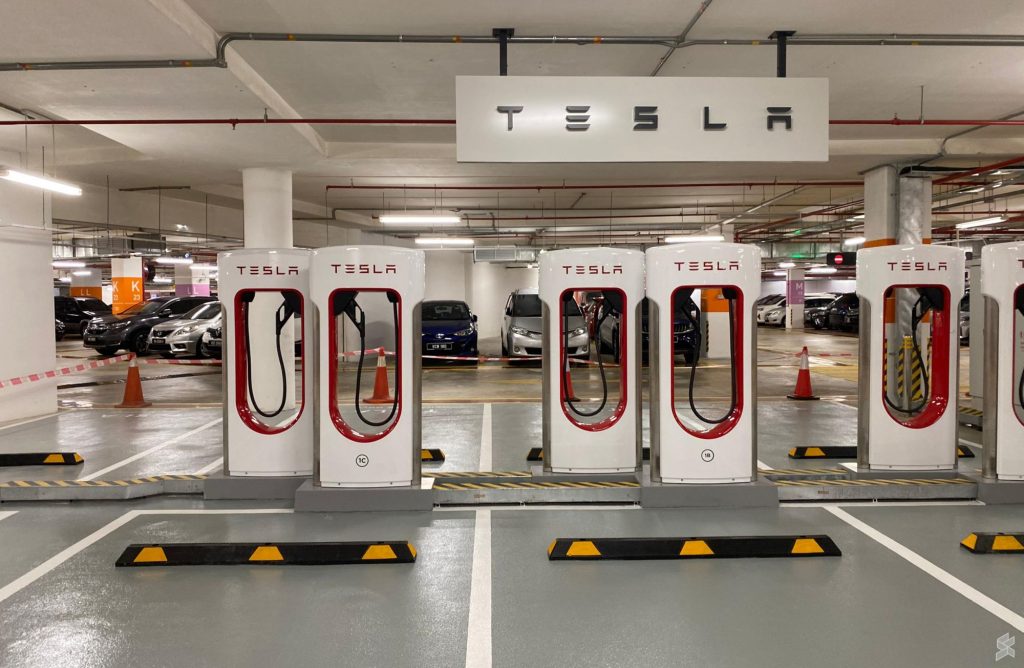
This is still below the target of 10,000 EV charging stations by 2025 outlined in the Low Carbon Mobility Blueprint 2021 – 2030, which was announced by the government in 2020. The outline targets 9,000 AC chargers and 1,000 DC chargers should be installed in two years. A saving grace is that the DC charger target is almost halfway.
Liew said a proposal to review that target number was raised during the NEVSC meeting. MITI, together with related agencies – Malaysia Automotive Robotics and IoT Institute, and the Malaysian Green Technology and Climate Change Corporation – will be fine-tuning the need to increase the number of DC charging stations. He said that the outcome of the study will be debated in the next NEVSC meeting in the second quarter. He also mentioned that having more DC chargers will be good to alleviate ‘range anxiety’ worries.
Previously, MITI’s Minister Tengku Zafrul Aziz said he was confident that Proton and Perodua will be able to produce their EVs by 2025. It will remain to be seen that if the one-off subsidy takes off, will it be before or after the national car makers can roll out affordable EVs.

